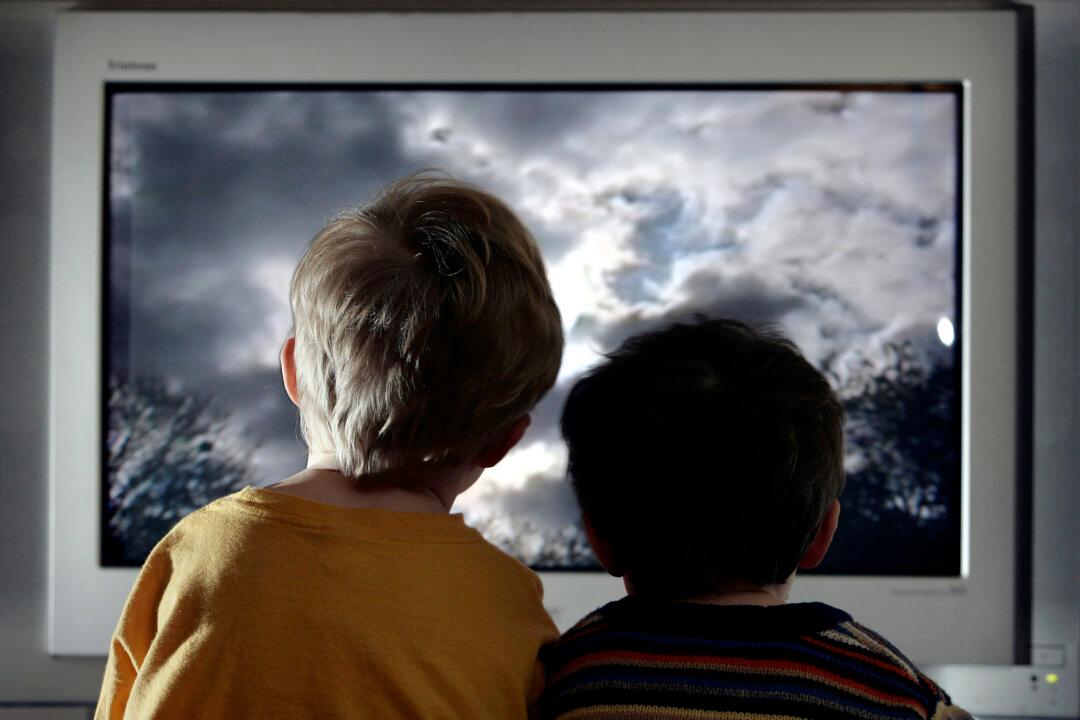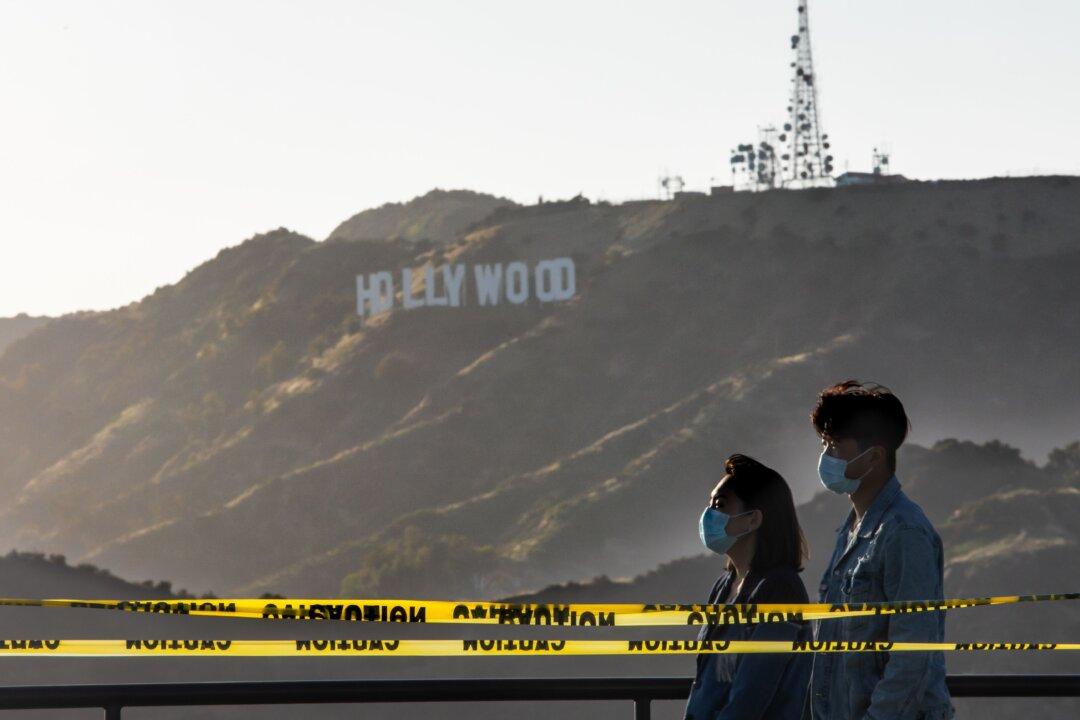When a PBS station featured “Lil Miss Hot Mess” reading from the performer’s new book “The Hips on the Drag Queen Go Swish, Swish, Swish” last month, on a program aimed at children ages 3 to 8, the backlash was immediate, with a video of the reading going viral on conservative social media.
“If American tax dollars can be used to pay for 3-8 year olds to watch this PBS Drag Queen Story hour, then I demand equal tax dollars go to also read them Bible stories,” tweeted Tricia Flanagan, an unsuccessful 2020 Republican U.S. Senate hopeful from New Jersey.





